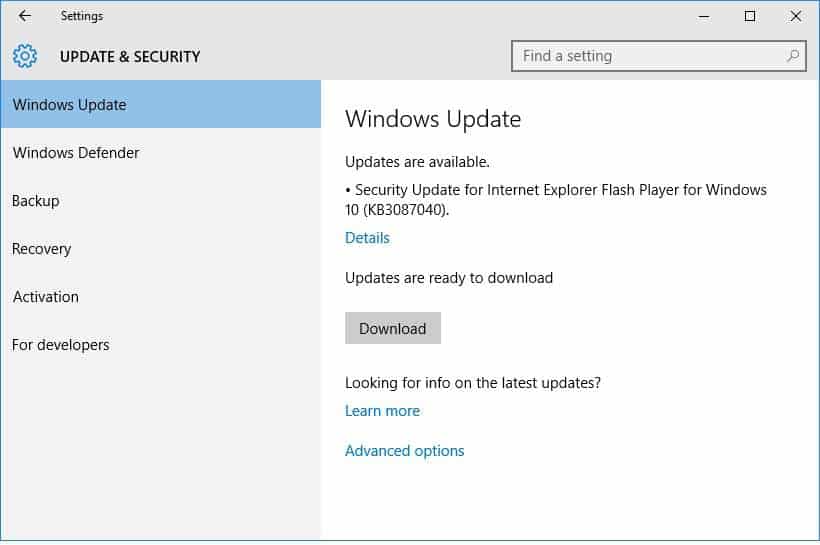Is your PC running on Windows 10? Have you faced any problems with your PC after installing any updates? If your answer is yes and if you want to uninstall updates and roll back to the stable builds, then you are at the right place. We’ll help you to roll back to stable builds on your Windows 10 PC.
Well, Windows 10 downloads and installs the latest updates automatically. To prevent the auto-download of updates, a few changes are made in the settings. Do you know that updates released by Microsoft may also fail and cause major problems in your PC making it unstable? To avoid such issues, stop installing such unstable build on your PC. Let’s see how to uninstall updates and roll back to the previous working stable builds.
Roll Back Builds
Along with the small patches, bigger updates will be released and sometimes it may cause problems in your PC. Also, if you were part of Windows Insider Program, you have agreed to help install these preview builds on your PC and check whether it is stable. If you find that the new build is unstable, then you roll back to the previously working build using the below steps.
- Click the Start button in the bottom left of the desktop screen. Then, start typing Settings in the search box and click on the Settings app.

- Now start typing Update & Security in the Find a setting search box and click on “Windows Update settings” in the search results.
- Click the Recovery option in the left sidebar of the window. Click or tap on the “Get started” button under “Go back to an earlier build” to uninstall the current build of Windows 10 and go back to the build that was working previously.
If you don’t see this option, it has been too long since you upgraded to the current build. Windows 10 will automatically remove these installation files after 30 days.
Uninstall Windows 10 Updates
Well, the above one doesn’t help you sort out this issue permanently because Windows automatically downloads the latest released builds and installs them.
- Click or tap the Start button in the bottom left of the desktop screen. Then, start typing Settings in the search box and click on the Settings app.

- Now start typing Update & Security in the Find a setting search box and click on “Windows Update settings” in the search results.
- Click the Windows Update option in the left sidebar of the window. Select the “Advanced options” link and then select “View your update history“. Click the “Uninstall updates” option.

Now you can see the list of installed updates in the recent time under Update history. The installed updates window will open in the Windows Control panel. To uninstall any update, select the update and click the Uninstall button.
However, most of the time before releasing a build into the market they ensure that it won’t create more issues. In the worst scenario of unstable builds, this post will help you to bring back the old ones.
Do let us know your valuable suggestions in the below comment box.
